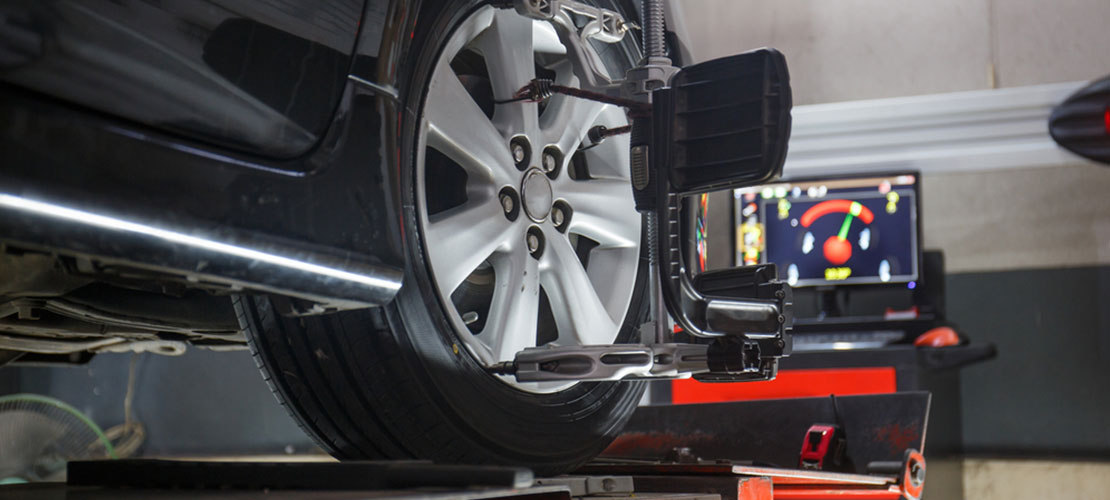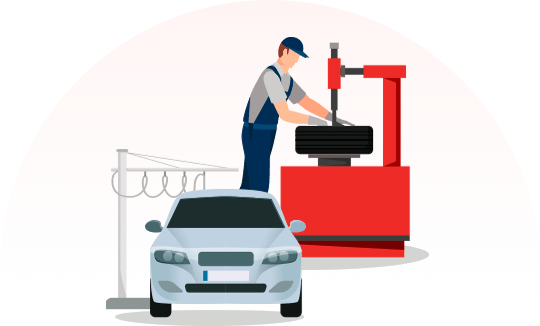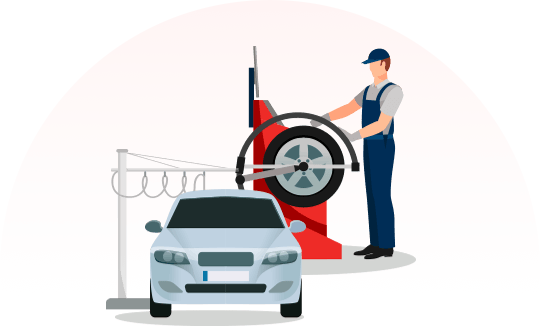- 27 Feb 2023
The Importance of Wheel Alignment: Understanding its Benefits and Maintenance

Wheel alignment is an essential part of vehicle maintenance and contributes to the overall safety and performance of a vehicle. Proper wheel alignment ensures that the wheels are aligned in the correct position relative to the car, allowing for more efficient and safer operation. It also helps to extend the life of the tires, reduce fuel consumption, and improve the overall ride quality.
Benefits of Wheel Alignment
Wheel alignment helps reduce the incidence of abnormal tire wear, which can lead to a costly tire replacement. When a vehicle’s wheels are properly aligned, it also reduces stress on other components of the car, such as the suspension, steering, and brakes. It is important to have your wheels aligned regularly to ensure your vehicle’s safety, performance, and longevity. Some of the most beneficial elements of wheel alignment include:
Improved Vehicle Handling
Proper wheel alignment improves the handling of a vehicle. It ensures that the wheels are correctly angled to the road, allowing the vehicle to drive in a straight line without the driver having to constantly correct the steering.
Increased Fuel Efficiency
When the wheels of a car are correctly aligned, it reduces drag, which improves fuel efficiency. This means that you can get more miles per gallon of fuel, saving you money in the long run.
Longer Tire Life
Misaligned wheels cause tires to wear unevenly, leading to premature replacement. Wheel alignment ensures that tires wear evenly and last longer.
Safer Driving
Properly aligned wheels help to reduce the risk of an accident by providing better control and stability.
Reduced Stress on Steering and Suspension System
Proper wheel alignment reduces the stress on the steering and suspension systems, which can help to extend the life of these components.
Wheel Alignment Maintenance
To keep your car’s alignment in good condition, regularly monitoring your tires’ condition is essential. Make sure that your tires are properly inflated and rotated when needed. You should also check your alignment regularly to ensure your car is aligned correctly. Also, avoid hitting deep potholes or other obstacles in the road, as this can throw off your alignment. If you feel any vibration or shimmy in your steering wheel, check your alignment as soon as possible.
Checking the tread depth of your tires, examining the vehicle’s suspension components, inspecting the ball joints and tie rods, inspecting the steering components, and ensuring the vehicle is level and in good condition is crucial. Additionally, it is important to have the alignment checked regularly, as well as to have a professional mechanic check the alignment after any major repairs or replacements. Finally, it is important to ensure that the alignment is adjusted correctly when replacing tires or when any major repairs or replacements have been completed. Please call us for more info or contact us.

 Google Review
Google Review 




 Google Review
Google Review
 Digitally enhanced by
Digitally enhanced by